Prevent Downtime with These 5 Strainer Maintenance Hacks

Prevent Downtime with These 5 Strainer Maintenance Hacks
In industrial operations across Pakistan—whether it’s in textiles, pharmaceuticals, food processing, or power plants—downtime can mean significant financial loss. One overlooked yet critical component that helps prevent costly shutdowns is the industrial strainer. Often installed upstream of pumps, valves, and sensitive equipment, strainers remove unwanted debris and particulates from process media to protect the system.
From Karachi’s industrial zones to Sialkot’s manufacturing units, strainers are deployed in high-demand environments where performance and reliability are essential. Yet, even the most durable models like the Cast Iron Strainer 3″ Flange Type, Cast Iron Bucket Type Strainer 4″, and Cast Iron Strainer Flange T Type require proper maintenance. The following five maintenance hacks will help your team extend the life of your strainers and eliminate unplanned stoppages in Pakistan’s demanding industrial conditions.
1. Schedule Predictive Cleaning Based on Pressure Drop Monitoring
Waiting for visible clogging or system issues before cleaning a strainer can be disastrous. Instead, monitor the differential pressure across the strainer inlet and outlet. A consistent increase in pressure drop is a clear sign that the strainer is getting clogged.
In Lahore’s textile plants or Faisalabad’s dyeing facilities, where water and chemicals flow continuously, using differential pressure gauges helps schedule cleaning before flow restriction leads to pump cavitation or equipment damage.
Pro Tip:
Install gauges on either side of your Cast Iron Strainer Flange T Type for live monitoring. When the pressure drop exceeds manufacturer recommendations—usually 3-5 psi—it’s time for cleaning. Regular monitoring prevents sudden failures and ensures smooth operation.
2. Choose the Right Mesh Size and Material for Pakistan’s Water Conditions
The mesh size of the strainer basket or screen determines its filtration efficiency. Choosing the wrong mesh can either let debris pass through (too large) or clog quickly (too fine). In many parts of Pakistan, especially rural Sindh or northern KP, water sources carry a mix of sand, scale, and organic matter.
For general-purpose protection in utility lines, the Cast Iron Strainer 3″ Flange Type is ideal with medium mesh sizes (40–60 mesh). However, for applications with finer particles or high-viscosity fluids—such as food-grade oil or syrups—opt for finer mesh and ensure your cleaning cycles are shorter.
Mesh Maintenance Hack:
Always keep an extra mesh screen in stock. While one is being cleaned, the other can be quickly swapped in, avoiding any operational lag. Regularly inspect mesh integrity under a backlight to detect pinholes or deformities.
3. Implement a Cleaning Logbook to Optimize Maintenance Cycles
Many industries in Pakistan still rely on manual checks and memory to manage equipment maintenance. This is inefficient and prone to error. A cleaning logbook, whether physical or digital, records cleaning dates, pressure readings, type of debris found, and any unusual wear patterns.
This practice is particularly useful for Cast Iron Bucket Type Strainer 4″, which typically handles higher flow rates in larger systems. By analyzing trends in the log, operators can optimize cleaning intervals based on actual performance data rather than fixed calendars.
Hack in Action:
Let’s say a food processing facility in Multan notices the bucket type strainer needs cleaning every 15 days based on past logs instead of the assumed 30 days. Adjusting the schedule saves the facility from pressure spikes and pump damage.
4. Use Proper Tools and Techniques for Manual Cleaning
Incorrect cleaning methods can cause more harm than good. Using sharp tools or wire brushes can damage the mesh or internal seating surface of the strainer. This is a common issue found in high-turnover factories where temporary staff may not follow proper procedures.
For cast iron models like the Cast Iron Strainer 3″ Flange Type or Cast Iron Strainer Flange T Type, gentle cleaning with non-metallic brushes and compressed air or water jetting is best. Avoid hammering or prying the basket out—this could deform the seating edge, causing leaks or bypassing debris.
Key Tools:
- Nylon bristle brushes
- Mild detergent
- Air compressor or hand pump
- Protective gloves
- Stainless steel mesh inspection tools
Before reassembly, apply a light coating of anti-seize or high-temp grease to flange bolts to ease future maintenance.
5. Protect Your Strainer from Corrosion and Scale with Localized Solutions
In coastal areas like Gwadar or Karachi, saline moisture can accelerate corrosion of cast iron strainers. In contrast, hard water regions like Rawalpindi or Gujranwala promote rapid scale buildup inside strainers and pipelines. Adapting maintenance techniques to local water chemistry can significantly extend service life.
Hack for Coastal Zones:
- Apply anti-rust primer or epoxy coating externally.
- Store spare strainers in dry, ventilated conditions away from chemical vapors.
Hack for Hard Water Areas:
- Use descaling agents during maintenance cycles.
- Soak screens in vinegar or a weak acid bath to dissolve mineral deposits.
- Install a softener or magnetic scale reducer upstream.
The Cast Iron Bucket Type Strainer 4″, designed for large flow applications, especially benefits from descaling protocols in these regions. Keeping the internal surface clean ensures that pressure drop remains within safe operating range.
Pakistan-Specific Maintenance Adaptations
Pakistan’s climate diversity and infrastructure inconsistencies demand contextual maintenance strategies. Here’s how you can localize your efforts:
a. Dust and Debris in Urban Zones
Industrial units in Lahore, Karachi, and Peshawar experience high ambient dust levels. This leads to faster clogging of external strainers, especially when the system operates with partially open tanks or non-pressurized sections.
Maintenance Hack:
- Install filter socks over strainer inlets for extra protection.
- Increase cleaning frequency during summer months when dust levels spike.
b. Load Shedding and System Shocks
Sudden power failures can lead to pressure surges that dislodge debris, pushing it into strainers and clogging them rapidly. This is particularly risky in sensitive systems like pharmaceutical or chemical dosing plants.
Hack:
- Install non-return valves or pressure relief valves upstream.
- Use a Y-type Cast Iron Strainer Flange T Type that’s easier to clean after pressure surges.
When to Replace a Strainer Instead of Repairing
Even with ideal maintenance, strainers aren’t immortal. Understanding when to replace instead of repair saves your system from hidden inefficiencies and prolonged wear on pumps and valves.
Signs Your Strainer Needs Replacement:
- Recurrent pressure loss even after cleaning
- Mesh damage that compromises filtration
- Pitting or erosion on the strainer body
- Deformation of basket seating or flange
Strainers like the Cast Iron Strainer 3″ Flange Type and Cast Iron Strainer Flange T Type offer solid service lives when maintained, but they should be retired when internal corrosion becomes visible or when pressure tests fail.
If your plant operations span multiple departments or you manage facilities remotely, partner with a platform that provides consistent product availability and technical specs. DayShop.pk is a reliable source in Pakistan offering original industrial strainers including the featured models—ensuring you receive genuine, heavy-duty components tailored for local requirements.
Stock Spare Parts and Gaskets for Speedy Recovery
One of the top reasons for extended downtime is waiting on parts. Keep spare baskets, gaskets, and bolts for each installed strainer. Make sure to label them clearly and store in a climate-controlled space.
For example, gaskets used in the Cast Iron Bucket Type Strainer 4″ may wear faster under thermal cycling or chemical exposure. Having a backup on-site means your team can fix issues immediately rather than waiting on delivery.
Spare part kits can also be sourced through DayShop.pk, which provides support in selecting compatible components for each strainer model you use.
Wrap-Up Without Wrapping Up
Eliminating industrial downtime starts with the small components—like strainers—that often go unnoticed until failure strikes. Using the five maintenance hacks above, you can enhance operational efficiency, reduce repair costs, and keep your systems running longer and smoother across Pakistan’s varied industrial landscapes.
Explore authentic industrial-grade strainers such as the Cast Iron Strainer 3″ Flange Type, Cast Iron Bucket Type Strainer 4″, and Cast Iron Strainer Flange T Type from DayShop.pk, your trusted source for dependable industrial equipment in Pakistan.
For more expert maintenance tips, product specs, or bulk industrial supply inquiries, DayShop.pk has you covered with fast service and nationwide delivery to your facility—no matter where in Pakistan you operate.
Tags:
-
Sale!

Musical Cot Mobile Rattle
₨ 3,900Original price was: ₨ 3,900.₨ 3,000Current price is: ₨ 3,000. -
Sale!
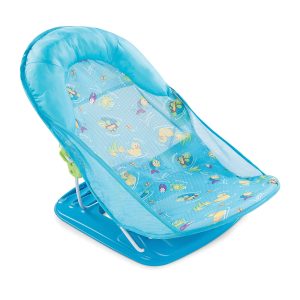
Deluxe Baby Bather
₨ 3,500Original price was: ₨ 3,500.₨ 3,000Current price is: ₨ 3,000. -
Sale!
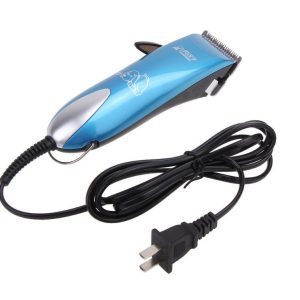
Hair Trimmer Grooming Clipper Animal Electric
₨ 7,800Original price was: ₨ 7,800.₨ 7,000Current price is: ₨ 7,000. -
Sale!
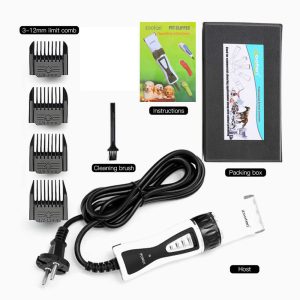
Zoofari Professional Animal Groomers
₨ 8,500Original price was: ₨ 8,500.₨ 7,500Current price is: ₨ 7,500. -
Sale!
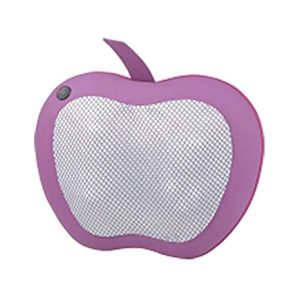
Portable Car Apple Massager Pillow Cushion
₨ 5,900Original price was: ₨ 5,900.₨ 4,800Current price is: ₨ 4,800. -
Sale!
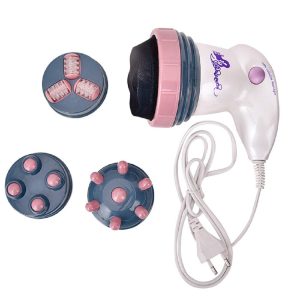
Innovation Sculptural Body Massager
₨ 5,500Original price was: ₨ 5,500.₨ 4,500Current price is: ₨ 4,500. -
Sale!
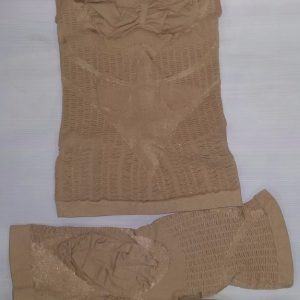
Sibote Elastic Body Underwear Belt
₨ 3,500Original price was: ₨ 3,500.₨ 2,800Current price is: ₨ 2,800. -
Sale!

Posture Corrector Children Adult Back Support Belt
₨ 1,500Original price was: ₨ 1,500.₨ 900Current price is: ₨ 900. -
Sale!

HOT SHAPERS SHIRT For Men
₨ 2,500Original price was: ₨ 2,500.₨ 2,000Current price is: ₨ 2,000. -
Sale!
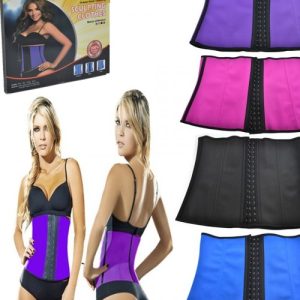
RUBBER BODY SLIMMING SCULPTING
₨ 2,500Original price was: ₨ 2,500.₨ 2,000Current price is: ₨ 2,000. -
Sale!

Miss Ladies Belt
₨ 2,500Original price was: ₨ 2,500.₨ 1,999Current price is: ₨ 1,999. -
Sale!
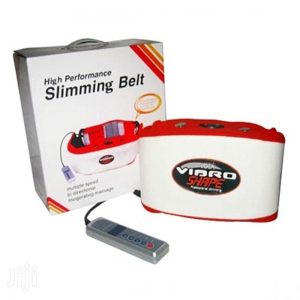
High Performance Slimming Belt
₨ 9,500Original price was: ₨ 9,500.₨ 8,000Current price is: ₨ 8,000. -
Sale!
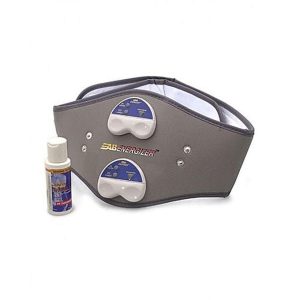
AB Energizer Grey
₨ 4,400Original price was: ₨ 4,400.₨ 3,400Current price is: ₨ 3,400. -
Sale!
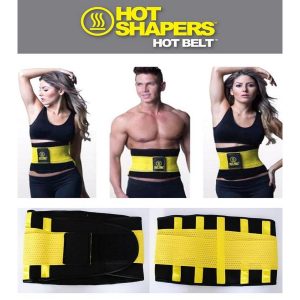
Hot Shaper Power Belt Waist Trimmer
₨ 2,500Original price was: ₨ 2,500.₨ 2,000Current price is: ₨ 2,000. -
Sale!
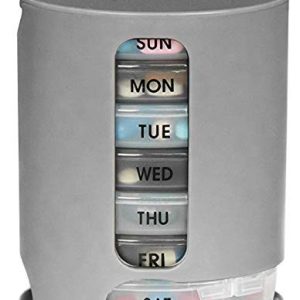
Pill Pro, Weekly Pill Organizer
₨ 1,500Original price was: ₨ 1,500.₨ 999Current price is: ₨ 999. -
Sale!

ANTI-EMBOLISM STOCKINGS
₨ 2,500Original price was: ₨ 2,500.₨ 2,000Current price is: ₨ 2,000.
